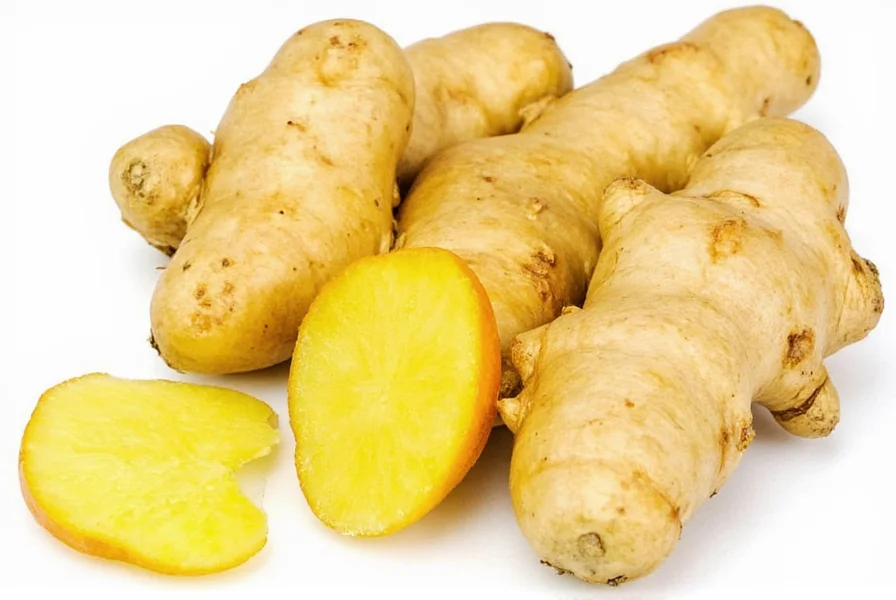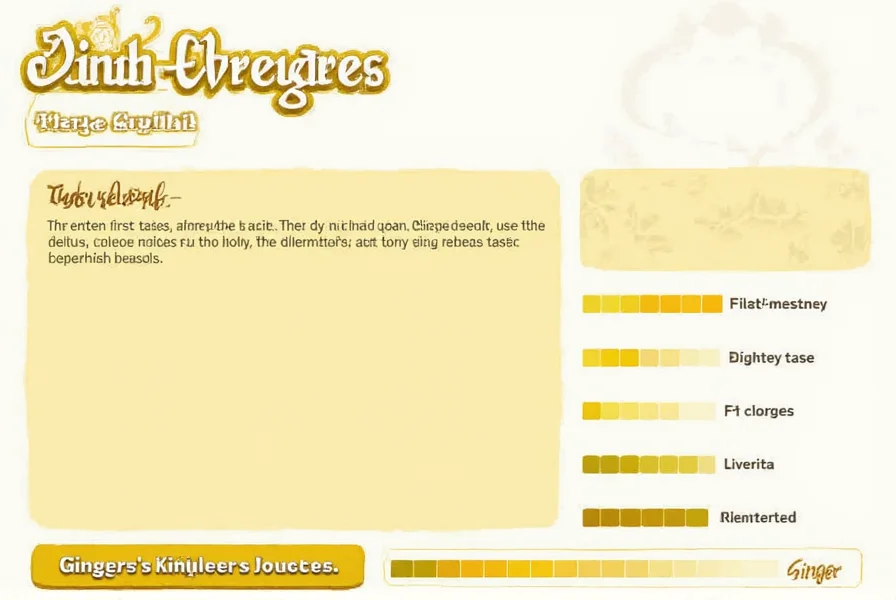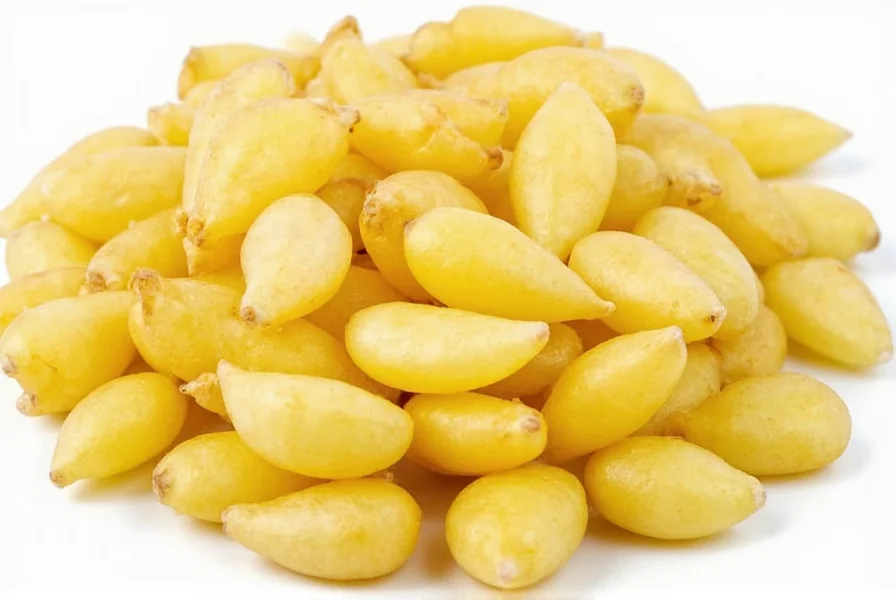If you've ever wondered what does ginger taste like, you're experiencing one of nature's most complex flavor profiles. This rhizome offers a multi-dimensional sensory experience that goes beyond simple 'spicy' descriptions. Understanding ginger's taste characteristics helps you use it effectively in cooking, beverages, and natural remedies.
The Core Flavor Components of Ginger
Ginger's unique taste comes from its chemical composition, primarily the compound gingerol which creates that signature warmth. When you bite into fresh ginger, you'll notice three distinct phases:
- Initial Impact: A sharp, almost peppery sensation that hits the front of your tongue
- Middle Notes: Citrusy lemon and subtle floral undertones emerge
- Finish: A clean, slightly sweet aftertaste with lingering warmth
This progression explains why fresh ginger tastes different from dried ginger. When ginger is dried and powdered, gingerol transforms into zingerone and shogaol—compounds that create a more intense, woody, and less citrusy flavor profile. Ground ginger lacks the bright, juicy quality of fresh rhizomes but offers deeper, warmer notes perfect for baking.

How Ginger Variety Affects Taste
Not all ginger tastes identical. Several factors influence its flavor profile:
| Ginger Type | Taste Characteristics | Best Culinary Uses |
|---|---|---|
| Young (Spring) Ginger | Milder heat, juicier, pale yellow color, subtle sweetness | Pickling, salads, delicate sauces |
| Mature Ginger | Stronger heat, fibrous texture, pronounced citrus notes | Curries, stir-fries, robust sauces |
| Dried/Ground Ginger | Woody, warm, less citrusy, more intense heat | Baking, spice blends, chai tea |
How Cooking Changes Ginger's Flavor
The way you prepare ginger dramatically affects its taste. Understanding how would you describe ginger taste in different cooking methods helps you control flavor outcomes:
- Raw: Maximum heat and citrus notes—ideal for marinades and fresh sauces
- Sautéed briefly: Mellowed heat with enhanced sweetness—perfect for stir-fries
- Simmered long: Deep, warm spice without sharpness—excellent for soups and stews
- Candied: Sweetness balances the heat—great for desserts and snacks
When you cook ginger, the volatile compounds responsible for its pungency break down. This explains why is ginger spicy or sweet depends on preparation method. Raw ginger leans spicy, while cooked ginger reveals more of its natural sweetness.
Common Misconceptions About Ginger's Taste
Many people misunderstand ginger's flavor profile. Let's clarify some frequent questions about what does fresh ginger taste like:
- "Ginger tastes like cinnamon"—While both are warm spices, ginger has bright citrus notes cinnamon lacks
- "All ginger is extremely hot"—Young ginger has mild heat; only mature rhizomes deliver intense spice
- "Ginger and galangal taste identical"—Galangal has sharper, more medicinal notes with less sweetness

Practical Applications Based on Flavor Profile
Knowing ginger flavor profile description helps you use it effectively:
For balancing flavors: Pair ginger's heat with sweet elements like honey or fruit. The citrus notes complement seafood beautifully, while its warmth enhances chocolate in desserts. When substituting ground for fresh ginger, use one-fourth teaspoon of powder for every inch of fresh rhizome.
Chefs leverage ginger's taste characteristics by adding it at different cooking stages. Early addition creates deep warmth throughout a dish, while finishing with fresh ginger adds bright, spicy notes. This understanding of why does ginger taste the way it does makes it a versatile ingredient across global cuisines.
Conclusion
Ginger's taste profile offers remarkable complexity—from fiery heat to subtle sweetness with citrus undertones. Whether you're using young spring ginger with its mild flavor or mature rhizomes with intense heat, understanding these taste characteristics helps you harness ginger's full culinary potential. The next time someone asks what does ginger taste like, you can describe its multi-layered flavor journey with confidence.











 浙公网安备
33010002000092号
浙公网安备
33010002000092号 浙B2-20120091-4
浙B2-20120091-4